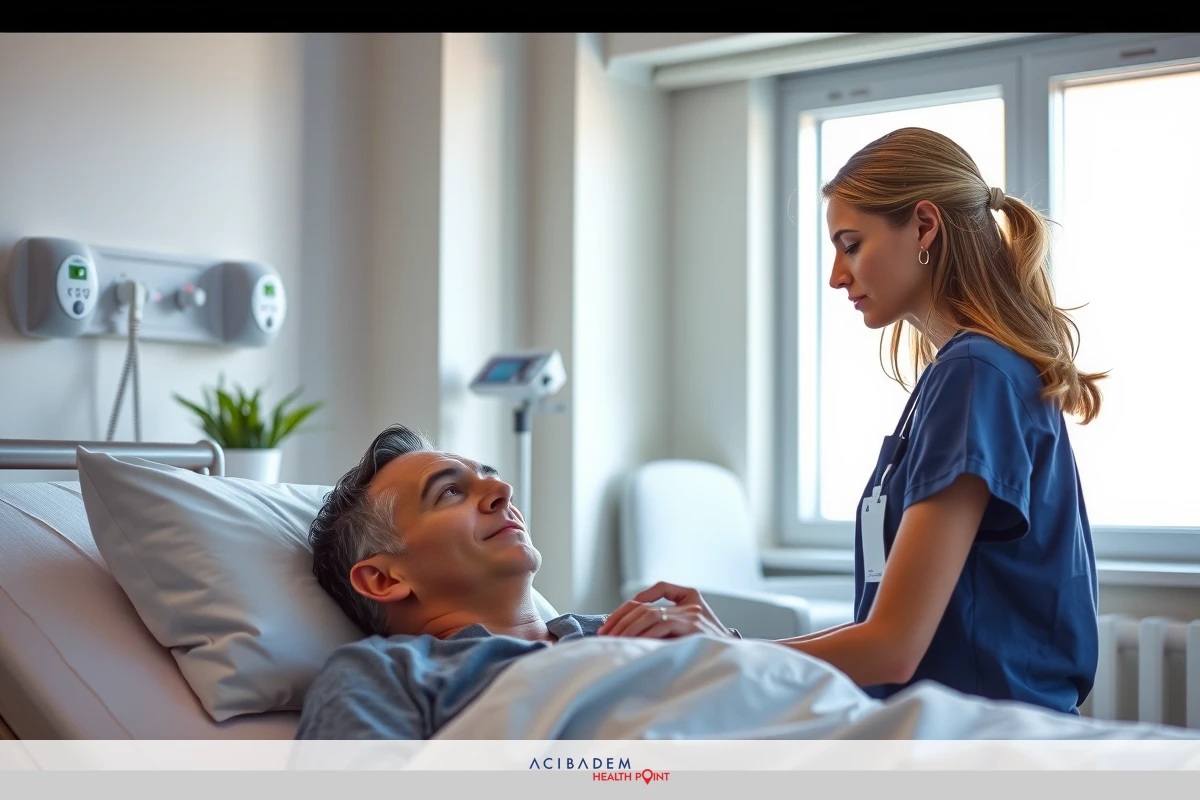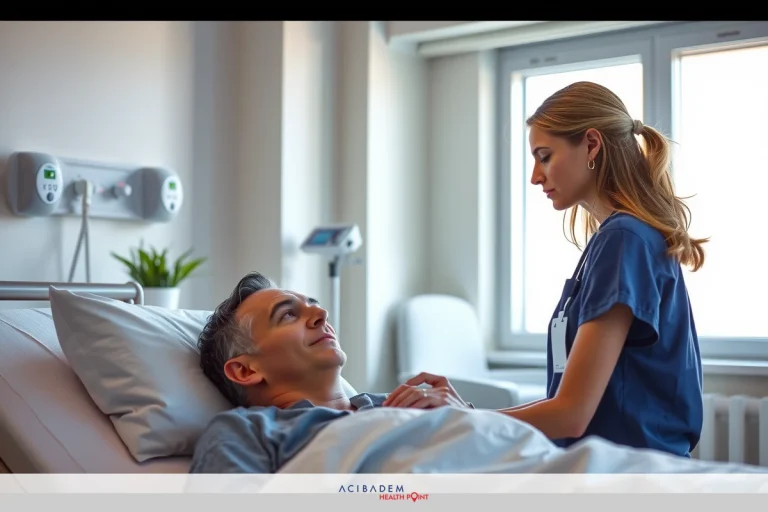When Do You Have to Splint After Rhinoplasty
When Do You Have to Splint After Rhinoplasty Rhinoplasty, the reshaping of the nose for aesthetics or health purposes, is a common practice. Postoperative care plays an equally important role as the surgery itself in ensuring successful results – one aspect of this aftercare being splint use. Often used to support and protect the nose while it heals, a splint serves multiple roles that contribute significantly towards post-surgical recovery.
The timing and duration for which a splint should be worn varies based on factors such as individual healing rates and complexity of the rhinoplasty performed. These variables can help patients better navigate their path towards recovery. This article sheds light on instances when one might need to consider using a nasal splint after undergoing rhinoplasty surgery.
Recovery Process
Rhinoplasty, is a surgical procedure that can dramatically alter one’s appearance. The journey doesn’t end when you leave the operating room. The recovery process plays an essential role in determining your final results and how soon you can return to normal activities. Splint use during this period is quite standard as it aids in maintaining the new structure of your nose while supporting healing tissues.
The postoperative phase following rhinoplasty typically involves several stages. Immediately after surgery, some swelling and bruising around the eyes are expected; these symptoms generally subside within two weeks. During this time, patients need to wear a nasal splint continuously for protection against accidental bumps that could dislocate bones or cartilage before they’ve had a chance to heal properly.
A follow-up consultation with your surgeon usually takes place about a week after surgery where they’ll remove any non-dissolvable stitches and the initial nasal splint; this marks another milestone in your recovery journey. At this point, depending on individual factors such as healing progress and complexity of their specific operation, some patients might be advised by their medical team to continue using a lighter form of nasal support at night for additional security during sleep.
These different phases and knowing what actions align with each stage can help expedite healing while ensuring optimal outcomes from your rhinoplasty surgery. As always though remember every patient’s experience varies slightly due to unique individual aspects including overall health condition prior surgery thus it’s crucial keep regular communication open between patient doctor throughout entire recovery process ensuring any concerns addressed promptly effectively enhancing chances successful result.
Importance of Splinting
The use of a nasal splint after rhinoplasty is not merely procedure protocol; it serves multiple critical functions in the healing process. The primary purpose lies in its ability to maintain the newly formed structure of your nose during the initial stages post-surgery. It provides support and protection, ensuring that bones and cartilage stay in their correct place while they heal.
A common misconception is that once swelling subsides, there’s no longer a need for a splint. This isn’t accurate as internal healing continues well beyond when external symptoms fade. The splint acts as an extra layer of security during these later recovery stages where accidental blows or pressure could still cause damage or displacement to healing areas within the nose.
Wearing a splint encourages patients to limit facial expressions which can unexpectedly exert pressure on the sensitive surgical site; it also deters from touching their noses too often – actions that might seem harmless but can disrupt delicate internal sutures possibly leading complications down line if not cautious enough

about how they handle themselves throughout recovery period.
In essence using nasal splint helps ensure optimal results obtained from rhinoplasty surgery by providing necessary support protection aiding overall healing process conforming new shape while preventing disturbances potentially arising due inadvertent movements accidents thus highlighting significance paying heed doctor’s advice regarding appropriate care instructions including duration usage such medical aids postoperative phase any cosmetic surgical procedure especially like one involving restructuring complex anatomy component human body namely nose.
Aftercare Recommendations
The aftercare phase following a rhinoplasty procedure is just as crucial, if not more so than the surgery itself in achieving optimal results. An important part of this is knowing how to effectively use your nasal splint along with other essential care practices. Here are some specific recommendations to guide you through your recovery journey.
1. Always wear your nasal splint as instructed by your surgeon; it aids healing and helps maintain the new shape of your nose. 2. Avoid any activities that could potentially lead to bumps or knocks on the face; such accidents can dislodge bones or cartilage before they’re fully healed. 3. Limit strenuous exercise for at least 2-3 weeks post-surgery; excessive movement can increase blood flow, leading to swelling and prolonging recovery. 4. Keep yourself hydrated but avoid hot drinks which might cause steam facial discomfort while wearing a splint. 5. Maintain an elevated position during sleep for at least the first week post-surgery – prop up pillows if necessary – this can help reduce puffiness around surgical site. 6. Strictly adhere scheduled follow-up appointments with surgeon ensure progress monitored regularly adjustments made treatment plan needed based individual response surgery ongoing healing process.
These points form general guideline each patient’s experience varies slightly due unique factors like overall health condition prior operation complexity surgical procedure performed thus importance keeping open line communication doctor throughout entire recovery period cannot overemphasized ensuring any concerns addressed promptly accurate advice provided tailored specifically one’s needs circumstances thereby enhancing potential successful result from rhinoplasty surgery ultimately improving quality life patients choose undergo transformational journey
Frequently Asked Questions
How long do I need to wear the splint after rhinoplasty?
The exact duration varies from patient to patient, often depending on factors such as individual healing rates and complexity of the surgery. Generally, a nasal splint is worn continuously for about one week following surgery. Some patients might be advised by their medical team to continue using a lighter form of nasal support at night.
Can I remove the splint myself if it's uncomfortable?
No. Under no circumstances should you attempt to adjust or remove your splint yourself. If there are any issues with discomfort or fit, consult your surgeon immediately.
Does wearing a splint restrict my daily activities post-surgery?
While it doesn't necessarily restrict all daily activities outrightly, wearing a nasal splint does call for certain precautions – avoiding strenuous exercise or anything that could lead to facial impact is recommended during this period until full recovery achieved.
What care instructions should I follow regarding my nasal splint?
Always wear your nasal splint as instructed by your surgeon; avoid hot drinks which might cause steam-related discomfort while wearing it; ensure that you maintain an elevated position during sleep for at least first week post-surgery can help reduce swelling around surgical site thus aiding overall recovery process achieving optimal results from rhinoplasty procedure.











